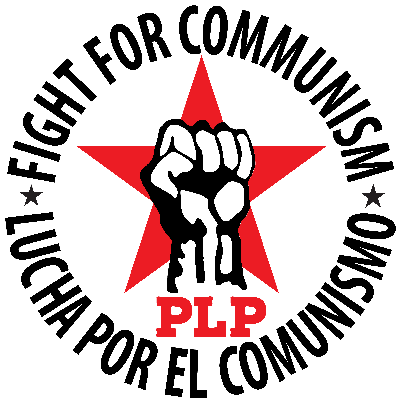The working class has shown repeatedly that it is a force for revolutionary change against capitalism. Events in Bolivia last February are a dramatic example.
Pitched battles between tens of thousands of rebellious workers and the Bolivian army shook this country to its heels. Militant workers attacked government buildings and sacked the offices of the parties comprising the government coalition. The army murdered twenty demonstrators.
Workers, students and peasants were protesting the latest austerity measures imposed by President Gonzalo Sanchez de Losada, a multi-millionaire businessman. To meet the demands of the International Monetary Fund, Losada imposed a 12.5% tax on the already low wages of workers. Even the cops protested — their wages will be taxed also. Several were killed by Military Police.
On Feb. 12, shots rang out just a few blocks away from the Executive Committee of the Labor Federation (COB) meeting. Tear gas streamed through the windows and three women entered shouting, "The Army is killing us, shooting at our husbands!" Two delegates from the Miners’ Union reported, "The Alto [shantytowns bordering this capital city] is rising up. Workers are leaving their factories and the Army is beginning to shoot. Several have been inured."
One union leader said, "Enough discussion. We must be with the people." A miner from Potosi exclaimed, "It’s hard to reach Plaza Murillo, the area is militarized," but then he shouted, "Let’s go!" responding to the unanimous feeling at the meeting.
Despite the fear of military snipers, twenty union representatives lined up behind the labor federation’s red flag and marched to the Plaza to join those already fighting. A military policemen watching through binoculars from the nearby Air Force building warned that the COB was marching. As they neared the Plaza, the demonstrators cheered.
The army was shooting with rifles and machine guns. Tear gas flooded the area. Marchers chanted, "The people won’t be shut down by machine guns," as they entered the Plaza. The army shot several demonstrators and the workers fired back, forcing the President to withdraw the troops.
The next day, 80,000 miners, teachers, students and indigenous peasants faced armored vehicles and tanks as they prepared to march. The previous day’s injuries and 17 deaths didn’t scare the masses. They chanted, "The People, United, Will Never Be Defeated," and "Goni [the President], assassin, hanging from a lamppost awaits you!" The army opened fire murdering several demonstrators and injuring many more. The protestors fought back attacking government buildings, despite the army’s advantage.
Several days later, the President spoke to the nation, saying he "is doing his part to help the economy" and won’t collect his salary. This from a man worth $200 million is an insult to the impoverished workers and their families. The masses responded magnificently, burning and sacking offices of the government’s coalition parties.
A pre-revolutionary situation has arisen, with some cops joining the demonstrators, creating divisions within the repressive arms of the ruling class. But, like similar uprisings in Argentina and Ecuador, there is no revolutionary leadership to guide these struggles. From all this, the workers and their allies must learn that now is the time to build a revolutionary communist movement to fight for a society without any bosses.

